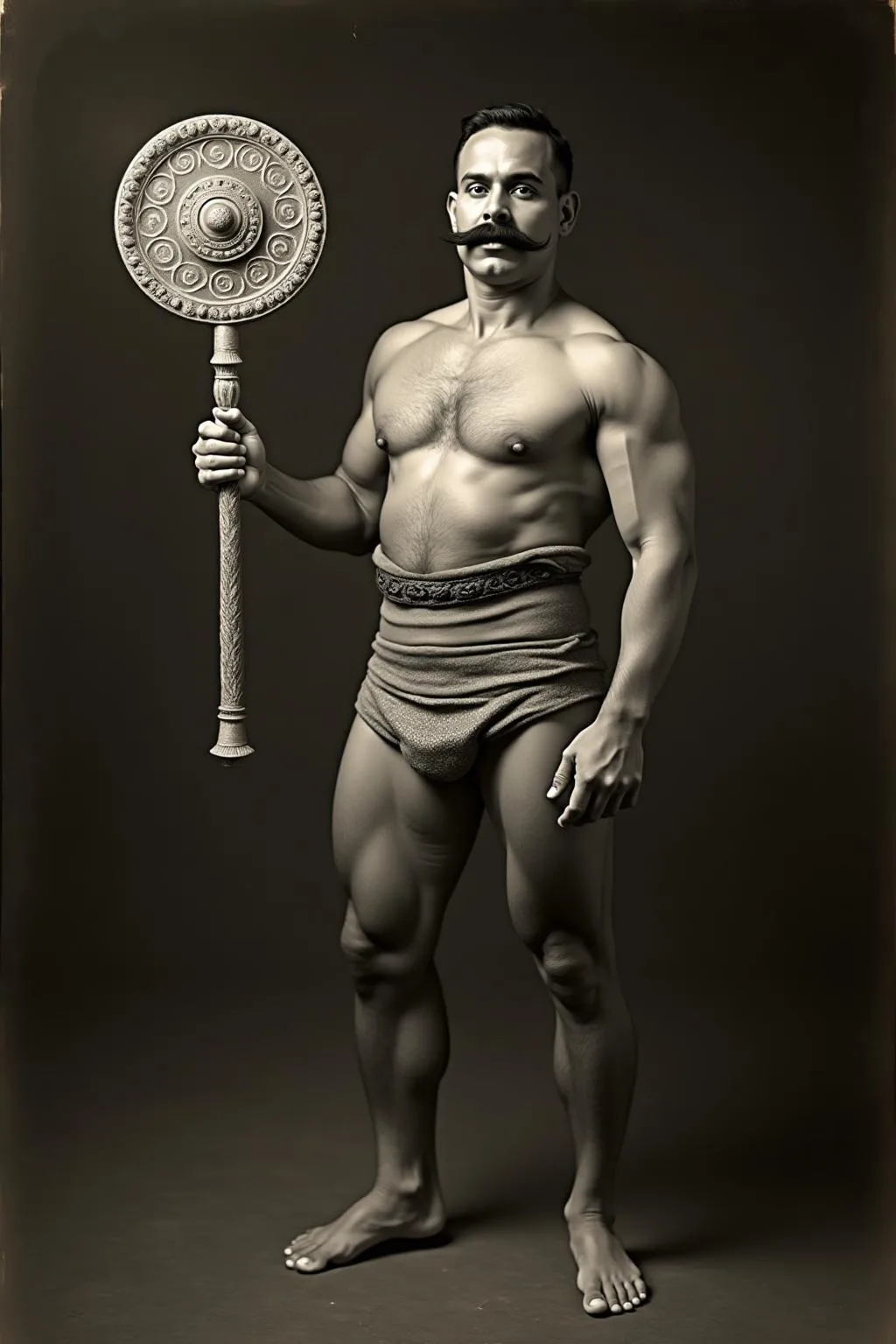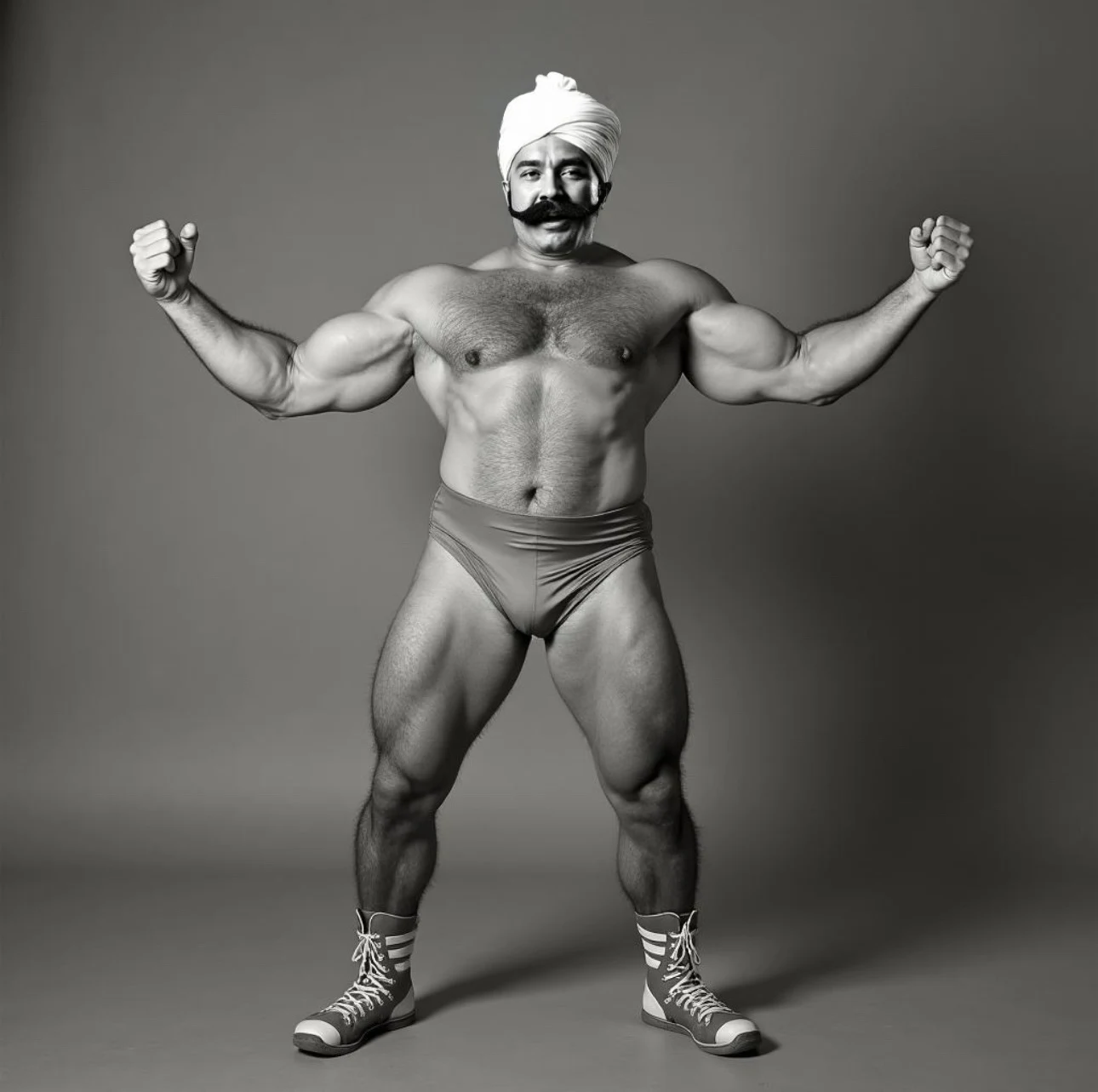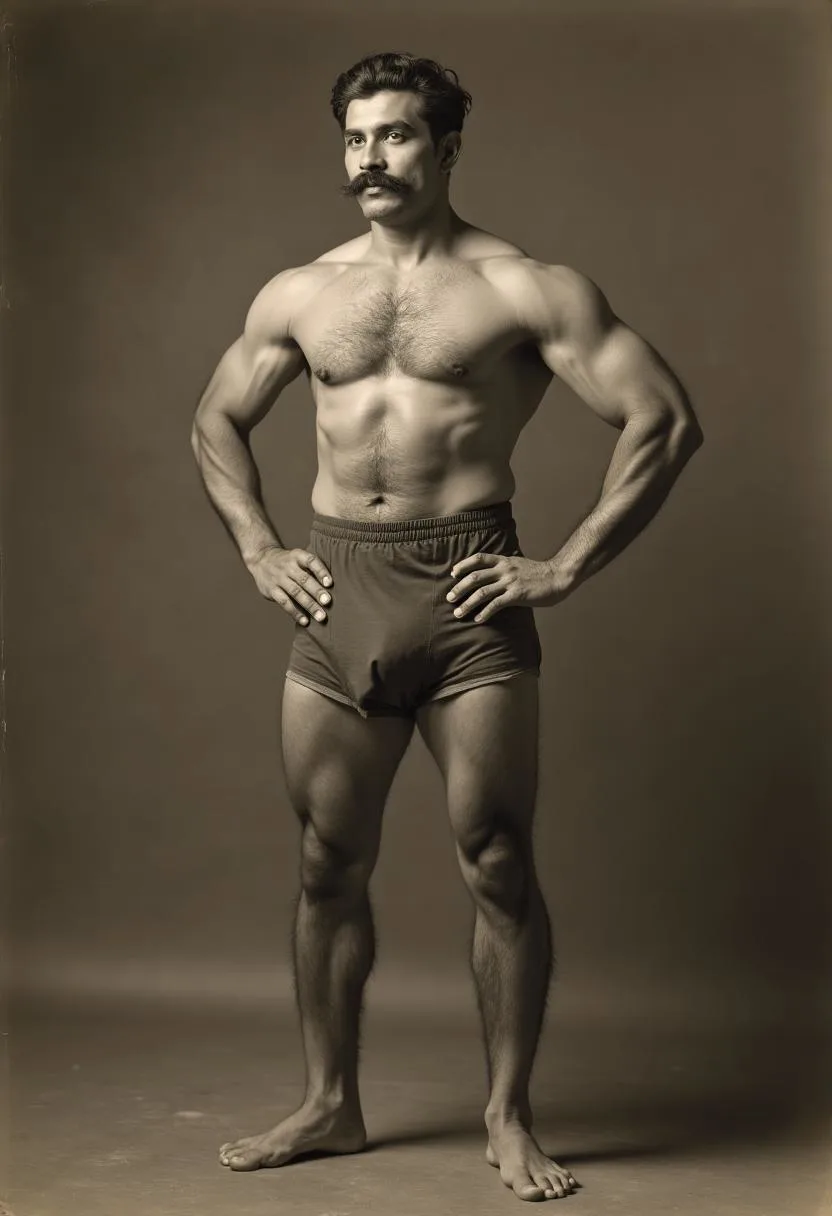India's Strength Lineage
Skill inclusive From village akharas to royal courts, these practices welcomed everyone—regardless of age, background or ability—to hone skill, grace and resilience together.
Core Indian Workouts
Watch the foundational movements of Indian physical culture, performed by our expert. These timeless exercises build strength, mobility, and resilience.
What Is an Indian Workout?
A journey through time, from ancient Vedic practices to modern strength training
Vedas (3000 BCE)
Early hymns and treatises celebrated physical culture not as merely exercise, but as devotion and preparation for life's challenges.
Akhara Tradition
Communal wrestling schools—akhara—refined a holistic regimen of strength, flexibility and ethical living, forging body and character in equal measure.
Today's Practice
Modern teachers adapt this lineage into dynamic, equipment-free flows, uniting ancient philosophy with today's science to suit every lifestyle.
The Science Behind the Roots
Modern research validates what ancient practitioners knew: these methods transform both body and mind
Neuroplasticity
Mindful movement rewires neural pathways over time, fostering greater coordination and refined motor skills. Regular, intentional practice creates lasting brain changes that enhance adaptability.
Cardiovascular Health
Flowing sequences and dynamic holds stimulate heart-rate variability, strengthening your cardiovascular system. Improved circulation and oxygen delivery help reduce fatigue and support overall endurance during daily activities.
Articular Mobility
Deep, controlled squats and presses nurture healthy joint range-of-motion across shoulders, hips, and spine. Consistent practice helps preserve cartilage health and reduces the risk of stiffness or injury as you age.
Walking in Legendary Footsteps
These practices shaped the greatest wrestlers and physical culture masters in history

Born Ghulam Mohammed Baksh Butt in Jabbowal, Punjab (1878). Retired undefeated after a 50-year career, famously pinning Stanislaus Zbyszko in London (1910) after 2¾ hours of continuous holds to claim the World Heavyweight title.

From Dharmuchak village, Amritsar District, Punjab (born 1928). Defeated American legend Lou Thesz in Bombay (1968) to win the World Heavyweight Championship, maintaining an unbeaten streak across 500+ professional bouts.

Raised in Jind, Haryana (born 1935). First Indian to medal at the World Wrestling Championships (bronze, Istanbul 1961) and nine-time consecutive national freestyle champion (1958–66).
What Practitioners Say
"As a physiotherapist, I value movement systems that build strength without compromising joint health. Indian workouts offer a rare combination—high intensity with low impact, making them incredibly sustainable."
Dr. Neelam Verma
Physiotherapist, Hyderabad
"As a classical dancer, I rely on strength, balance, and fluidity. Indian workouts bring all three, rooted in tradition yet incredibly practical. They've transformed how I prepare my body for performance."
Meenakshi Iyer
Bharatanatyam Artist, Chennai
"Traditional Indian movements have added a deeper layer to my yoga practice. The focus on breath, repetition, and control perfectly complements asana work—and enhances my teaching from the ground up."
Priya Sharma
Yoga Instructor, Mumbai
"Indian physical training taps into something modern fitness often overlooks—discipline, flow, and inner focus. Integrating these methods has made my clients not just stronger, but more grounded and aware."
Raj Patel
Fitness Coach, Delhi
"कायः क्लेशसहिष्णुः सदा साधनाय योग्यता।"
A body that endures hardship is always fit for higher pursuit.
– Traditional Wisdom
Explore the Deck
Ready to experience these traditions in action? Draw three cards now to reveal today's tailored workout—each card is a bridge between ancient wisdom and your fitness journey. Embrace the surprise, flow with the challenge, and step into a practice that's as dynamic as you are.